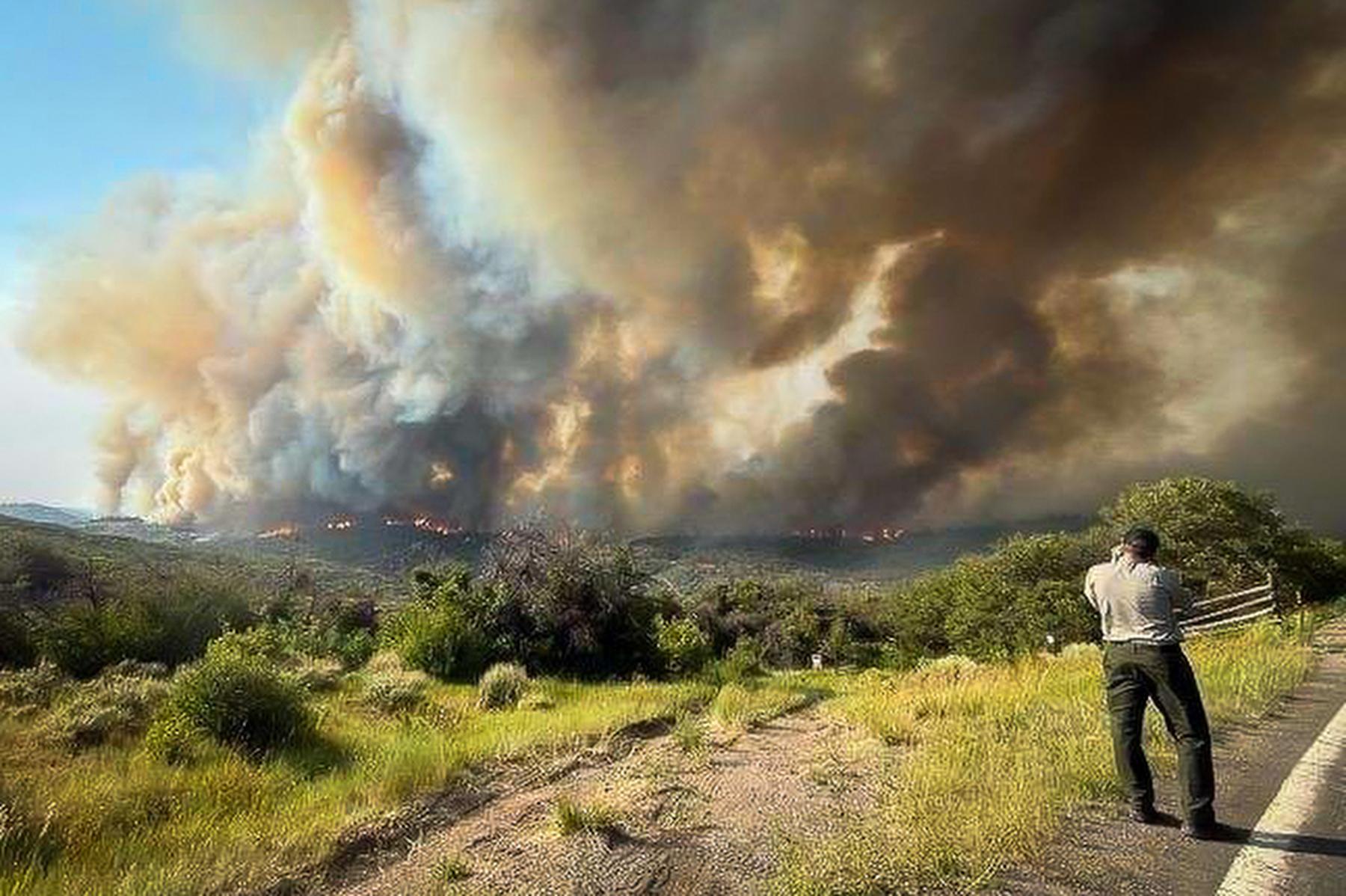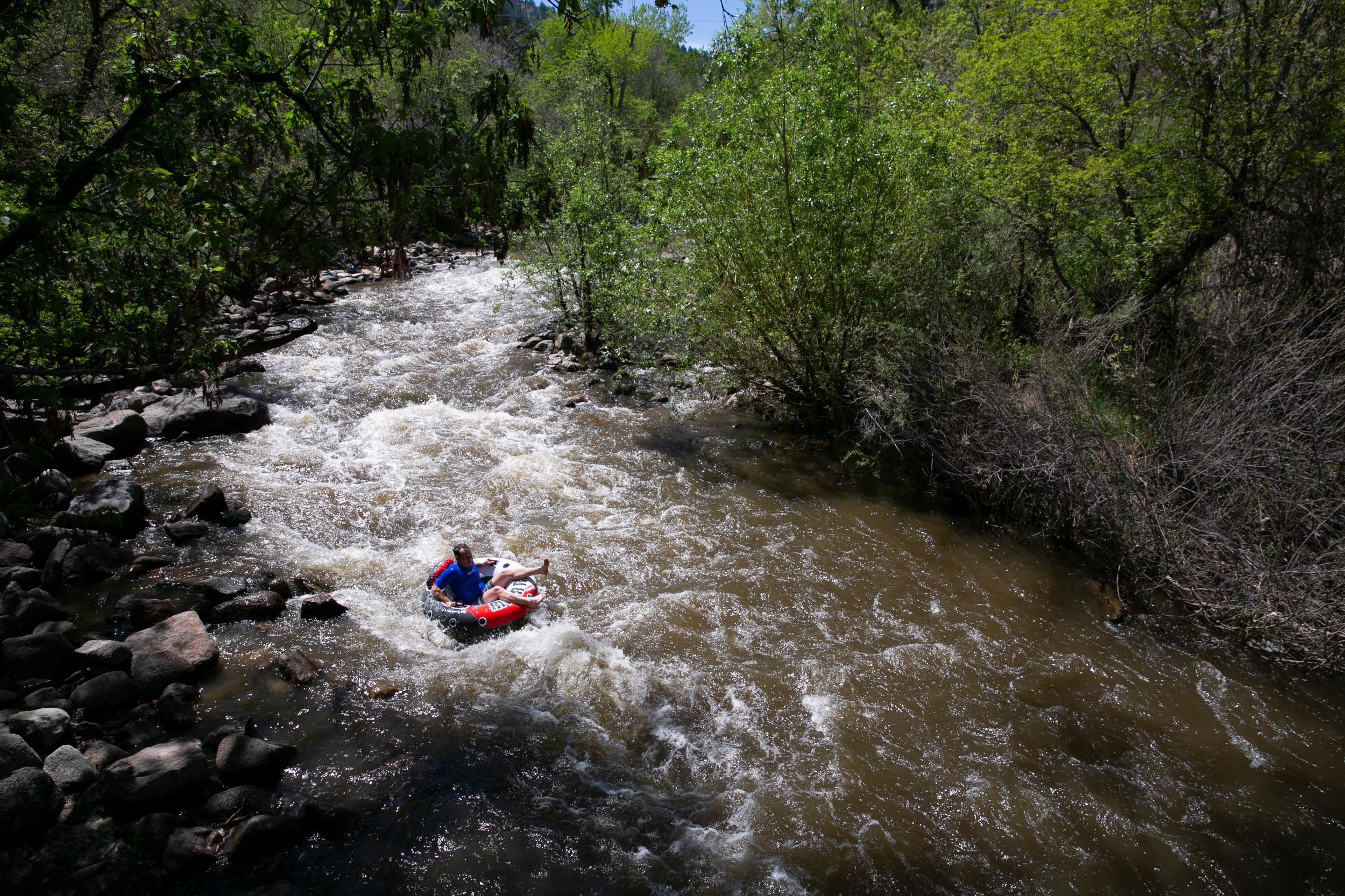 October will bring a full eclipse of the moon and a partial eclipse of the sun to Colorado skies.
October will bring a full eclipse of the moon and a partial eclipse of the sun to Colorado skies.
The total lunar eclipse, when the Earth’s shadow is cast across the moon, will occur in the early morning hours of Oct. 8. It is the second in a series of four consecutive total eclipses of the moon. The first was in April, and the next two will be in April and September of 2015. This pattern of eclipses is known as a tetrad, and is somewhat uncommon. The last tetrad occurred in 2003; the next won’t come until 2032.
At the height of the eclipse, the moon may appear red, a phenomenon some refer to as a "blood moon." This occurs because sunrays pass through the edges of Earth's atmosphere and some colors are filtered.
 The partial solar eclipse, which occurs when the moon blocks out part of the sun, will occur in the afternoon of Oct. 23. Approximately half of the sun will be blocked by the moon, according to Doug Duncan of the Fiske Planetarium in Boulder, but it’s not enough for Coloradans to notice any dimming in the afternoon light. Duncan warns people not to look directly at the sun in order to see the eclipse without special equipment. Special "eclipse glasses" are available that shield the sun’s rays and allow gazers to safely watch it directly.
The partial solar eclipse, which occurs when the moon blocks out part of the sun, will occur in the afternoon of Oct. 23. Approximately half of the sun will be blocked by the moon, according to Doug Duncan of the Fiske Planetarium in Boulder, but it’s not enough for Coloradans to notice any dimming in the afternoon light. Duncan warns people not to look directly at the sun in order to see the eclipse without special equipment. Special "eclipse glasses" are available that shield the sun’s rays and allow gazers to safely watch it directly.
Solar and lunar eclipses occur in a pattern called a Saros cycle. One Saros after an eclipse, the sun, Earth and moon return to approximately the same relative positions, and a nearly identical eclipse occurs. The pattern of a Saros was first identified by ancient Babylonian astronomers in the third century BC.
Doug Duncan, director of Boulder’s Fiske Planetarium, joins Ryan Warner monthly to discuss space and science.
The details:
For the Oct. 8 lunar eclipse, you can start watching at 3:15 a.m. It will occur in the western sky. The peak begins at 4:25 a.m. and it ends at 5:24 a.m.








